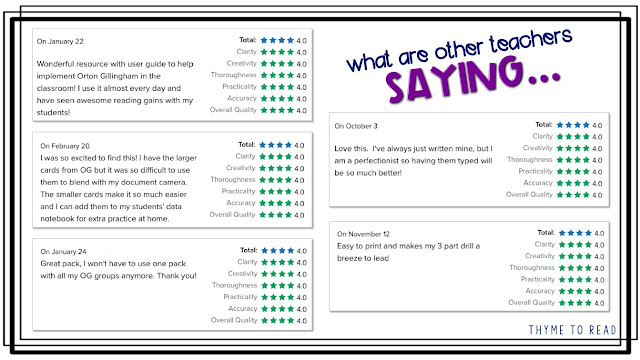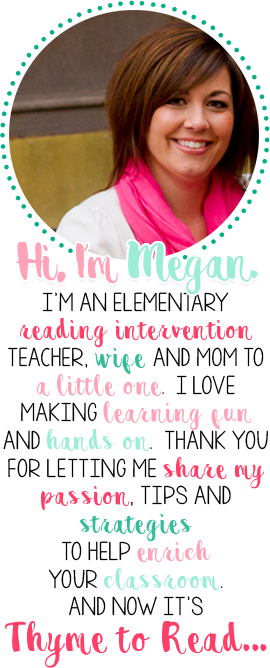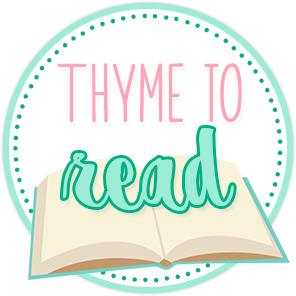I recently shared a post about why an explicit phonics lesson should be a part of our daily ELA block. By outlining what I do in my small intervention groups, I hope to make planning for your phonics block easier.
Some quick background information...
- Phoneme = the smallest unit of distinct sound. Phonemes are put together to make words
- Graphemes = the way we write each phoneme. Graphemes can be made of 1 letter (d, a, etc.), 2 letters (br, ch, ay, etc.), 3 letters (thr, spl, tch, etc.) or 4 letters (eigh, ought, tion, etc.)
- Why is using a multi-sensory approach so important to phonics instruction? Using research based strategies is what is best for our students, and teaching phonics in a systematic and hands on way is proven to be a successful instructional strategy to reach ALL learners. Studies show that one in five students have a language based learning disability, and dyslexia is the most common language based learning disability. So, we have students in our classrooms today that this method of instruction will benefit and help to unlock the building blocks of reading and writing. Although, instructing with all the different modalities in mind can be difficult, it allows us to guarantee well rounded instruction for our students, especially those readers who are struggling.
When colleagues come to me, and ask about how I teach phonics, the first thing I say is..."Let's work together to set up a quick phonics routine. It will be your new best friend!" Then I walk them through setting up their first set of phoneme/grapheme cards. Having phoneme/grapheme cards can make visual, auditory and tactile instruction seamless, and even easy for us.
How can we start using an Orton-Gillingham approach in the classroom?
This three part multi-sensory routine is the core of our phonics block. I aim to complete this routine with my students at least three times per week, and it takes 5-10 minutes. I use it as a warm-up, but you could do parts of this drill (1 and 3) while lined up before heading to lunch.
- Visual practice
- during this drill, we show students a grapheme card and have them produce the sound (or phoneme) it makes. This is meant to be quick! If students make an error, correct the error and put the card at the back of the pile to flash again before moving on. There should be a mix of graphemes that our students have learned, but are not using (reading or writing) automatically. We will gradually add more graphemes as we provide explicit instruction, and we will remove graphemes once our students have mastered them.
- Auditory/Tactile practice
- during this drill, (without showing our students any visual) we produce the phoneme, and the students produce the grapheme in rice, sand or on a felt square. Additional auditory support for our students comes from hearing themselves and peers re-produce the sound for the grapheme after writing it. If students make an error, correct the error and immediately have them re-write the correct grapheme, and produce the correct phoneme.
- Blending practice
- during this drill, we show a string of initial, medial and final graphemes, and together with our students blend real/nonsense words/syllables. When introducing this routine, I always start with "I do" examples - this allows me to set my expectation - students do not make the phoneme without me tapping the grapheme. This gives me a moment to check the word for "rule breaking". For example, we do not want our students to blend the word KAT, because K is not the initial letter when A is the medial vowel. (Check out the Cat/Kite rule)
- Once expectations have been set, and students know to only make the sounds when I have given the signal, I change ONE grapheme at a time so students can build up some familiarity. This ends up being very similar to a chaining activity.



How do we teach a new concept?
The three part routine is perfect for quick practice and spiral review. It keeps concepts current and we control the practice, giving our students exactly what they need, when they need it. When we introduce a new phonics skill, we need to provide explicit practice before including it in the three part routine.- Phoneme/Grapheme Discovery
- We can say three words that include the new concept (mail, paint, chain), and ask the students what sound the words share (they all say A). Then we can write the same words on the board, and ask the students to begin to make a phoneme/grapheme association (AI says A). This would also be the time to introduce a concrete object to help solidify your students understanding a little more.
- Guided dictation practice
- This can be repeated as needed, and I like to mix it up by occasionally including words from review spelling patterns. I do NOT give "gotcha" words like wait and play UNLESS I have explicitly taught that AI is a beginning and medial phoneme/grapheme and AY is a final phoneme/grapheme.
- During this part of instruction, we use a gradual release model (I do with think aloud, we do, you do) to write words that follow the new concept (paid, sail, stain, waist, etc.). We can even dictate a full sentence so students have a chance to practice correct conventions.
- Guided reading practice
- We can give our students words to read. Early in the week, I will show my students a word on a flash card/or written on the board. Then, I have them tell their hand a secret. One the count of three they let the word go and say it out loud. This allows students who are not quite comfortable yet some time to become more familiar with the new skill. By mid week we tell our "secret" to a neighbor, there is a little more accountability there AND the skill has been added to our three part routine. By the end of the week, I may call on some students to read words/sentences aloud.
- This is also the time to provide our students with systematic decoding practice by teaching syllable types. You can learn more about the seven different syllable types from this post/video.
- During this time, we also introduce a phonetically controlled text. This is so our students can get more authentic practice (beyond words and sentences). These phonetically controlled readers provide our students with the opportunity to read a text that has only the patterns they have been taught. We are asking them to foremost rely on the spelling and sound patterns to read.
- Side note: leveled readers rely more on inferential learning (or the use of context to learn to read). We often say with our littles to look at the pictures, or read around a tricky word. With phonetically controlled text, the hope is that pictures and context clues are not needed.
- Centers
- When introducing a new concept we want to give our students some exposure time before expecting them to apply it. For this reason, I usually wait to put a new phonics skill into centers until at least one week after I have introduced it. This give us the opportunity to monitor students' practice and acquisition of the skill before releasing them on their own. If our students are not grasping the concept with us, then we do not want to give them the opportunity to practice it wrong on their own.


I hope now you can see how this instruction will fit the needs of your whole class, and small groups - on any given day, the only difference is the actual spelling pattern being taught. When using these routines with your whole class, you teach what the majority (80%) of your students need practice with. If you are held to strict scope and sequence, your skills will come from there. When you are differentiating in your small group, you teach what the majority (80%) of THOSE specific students need. If you have made your small reading groups based on reading level, it is possible you will see correlation between reading level and phonics need. However, I like to use a quick diagnostic decoding survey (this one is a free download) to help organize my reading groups (K-2) by phonics need. By differentiating your instruction in small groups like this, you can provide more exposure and practice for the students who need it a second time around.
What else do you want to know about starting up a phonics block in your classroom?
Together everyone accomplishes more.









































